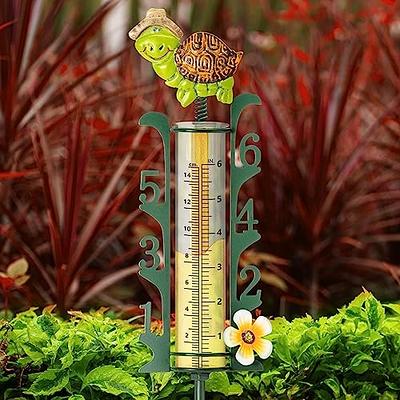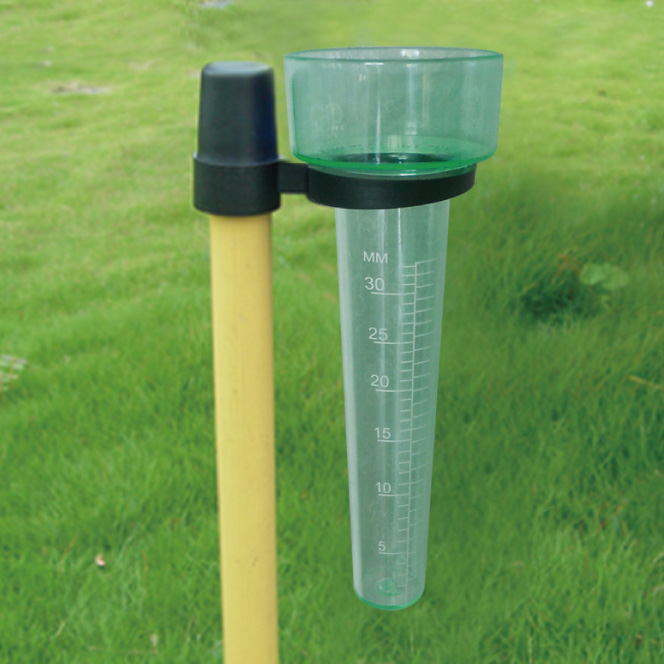The Rain Gauge: Necessary Details and Ideal Practices for Climate Enthusiasts
The Rain Gauge: Necessary Details and Ideal Practices for Climate Enthusiasts
Blog Article
Understanding Rain Gauge Dimensions: A Full Overview
Recognizing Rainfall Scale Dimensions: A Full Overview is a comprehensive resource for anyone looking for a much deeper understanding of rain gauge dimensions. Whether you are a specialist in the area or just have a curiosity about rainfall dimension, this overview will equip you with the understanding required to properly make use of rain scale measurements.
The Significance of Rain Scale Measurements
The relevance of rainfall gauge dimensions hinges on their duty as an essential tool for properly examining and keeping track of rainfall degrees - The Rain Gauge. Rain scale measurements provide important information that assists hydrologists and meteorologists recognize patterns and patterns in rainfall, which consequently help in numerous fields such as agriculture, water resource monitoring, and climate research study

Precise rains measurements are essential for agriculture as they assist in determining watering requirements, crop development, and yield predictions. Farmers count on this information to make educated choices regarding when to sprinkle their plants, stopping water wastage and making sure ideal plant health. Furthermore, rains information helps in evaluating the effect of dry spells or too much rains on plant manufacturing, making it possible for farmers to take appropriate measures to decrease losses.
Water resource monitoring heavily relies upon rain gauge dimensions to determine the quantity of water readily available in rivers, lakes, and reservoirs. Specific dimensions make it possible for water managers to make informed decisions about water allotment and distribution, making certain lasting use and stopping lacks. This info is specifically essential in regions where water scarcity is a pressing problem.
In addition, rainfall scale measurements play an important function in environment research study. By accurately measuring rains over prolonged periods, researchers can analyze long-term environment patterns and determine adjustments in rainfall patterns because of climate change. This information aids researchers and policymakers develop techniques to adapt to and mitigate the effects of environment modification.
Types of Rainfall Gauges
There are different kinds of rainfall assesses utilized to measure rainfall properly. Each type has its very own advantages and limitations, making them suitable for different objectives and atmospheres.
The most usual kind of rain gauge is the basic round gauge. It includes a round container with a wide funnel-shaped top to gather rain (The Rain Gauge). The water is then channelled right into a finished measuring tube, enabling specific measurement of the amount of rainfall
Another type is the considering rainfall scale. This scale uses a delicate equilibrium to measure the weight of the collected rainfall. By transforming the weight into quantity, the amount of rainfall can be determined. Considering rain assesses are particularly useful in locations with icy rainfall or heavy rainfall, as they are not influenced by sprinkling or dissipation.
Tipping bucket rain evaluates utilize a device that tips a small pail each time it collects a particular amount of rain. The variety of suggestions is videotaped and used to calculate the rainfall. This kind of scale is commonly utilized in automated weather condition terminals as a result of its low maintenance demands and capability to provide real-time data.
Lastly, there are radar-based rain assesses that use radar innovation to estimate rainfall. These evaluates measure the intensity of rains in a specific area by examining the shown radar signals. They are particularly valuable for determining precipitation over large locations or in remote places.
Exactly How Rainfall Scale Measurements Job
Rainfall gauge dimensions are based on the principle of gathering and measuring the quantity of rainfall. These instruments are designed to record rain and provide an exact measurement of the rains in a certain area.
One you could check here of the most common sort of rainfall gauge is the standard round gauge. It includes a round container with a large opening at the top to collect rain. The collected water is after that funneled into a measuring tube, which is adjusted to provide the dimension in devices of size, typically inches or millimeters.
One more kind of rainfall scale is the tipping pail gauge. When they get to a certain weight limit, it utilizes a seesaw-like device with two containers that tip. Each idea of the container represents a particular volume of rainfall, permitting specific dimensions.
Some advanced rainfall evaluates are furnished with electronic sensing units that immediately record and send information. These sensing units utilize numerous modern technologies such as ultrasound or laser to gauge the quantity of rainfall properly.
Aspects Affecting Rain Scale Accuracy
Environmental elements such as wind, temperature, and climatic stress can considerably affect the accuracy of rainfall scale dimensions. Adjustments in climatic pressure can additionally affect the accuracy of rainfall scale measurements, as they can change the price at which rains is accumulated.
Functional variables, on the various other hand, refer to factors connected to the layout, installment, and upkeep of the rain gauge. The positioning of the rainfall gauge in an area with blocked air flow or near trees or buildings can bring about inaccurate analyses because of blockage or splattering of rains. Incorrect calibration or uneven maintenance of the rain scale can also influence its precision.
To guarantee the precision of rain scale measurements, it is necessary to consider these factors and take appropriate steps. This might include selecting an ideal location for the rain scale, making certain appropriate installation and upkeep, and frequently adjusting the tool. By resolving these variables, reliable and exact rainfall dimensions can be obtained, which are crucial for various applications such as weather condition projecting, hydrological studies, and farming.
Tips for Properly Gauging Rainfall
To guarantee specific rainfall measurements, it is critical to carry out specific methods and approaches when using a rain scale. Right here are some pointers for accurately determining rains:
Correct Positioning: Position the rain scale in an open location, far from trees, structures, and various other obstructions that may disrupt the rains collection. It needs to be positioned on a degree surface area to stay clear of water merging or runoff.

Read the Scale Correctly: When taking measurements, read the water degree at eye level from the base of navigate here the lens. Prevent parallax mistakes by aligning your view directly with the water level.
Regular Time Period: Establish a regular time period for gauging rains, such as every 24-hour or after each rains event. This guarantees precise tracking and comparison of precipitation information.
Document Measurements Immediately: Tape rains measurements immediately after collection to stop dissipation or spillage. Make use of a rainfall official website scale with a built-in data logging attribute for automatic recording.
Conclusion
In conclusion, recognizing rain scale dimensions is essential for properly measuring rains. It is vital to consider factors that can influence the precision of rainfall scale dimensions, such as dissipation, wind, and placement.
Comprehending Rainfall Scale Dimensions: A Total Overview is a detailed source for any individual looking for a deeper understanding of rainfall gauge dimensions. Whether you are an expert in the area or merely have an interest concerning rainfall dimension, this overview will furnish you with the expertise required to efficiently make use of rainfall gauge measurements.
The most typical type of rain scale is the basic cylindrical gauge.The most typical kind of rainfall gauge is the standard cylindrical gauge.Another type of rain gauge is the tipping bucket gauge.
Report this page